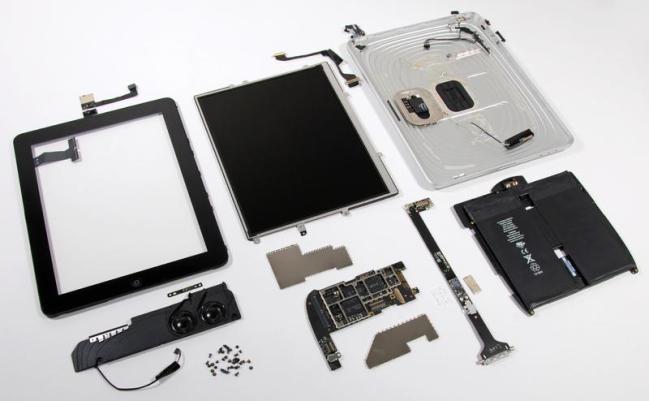
A couple months ago, we learned that Apple had pre-purchased 65 million iPad screens. Today, we’ve learned why. By arriving first on the market and pre-purchasing so many screens, Apple is now consuming roughly 60 percent of the entire world’s touch panel capacity, causing competitors to pay more in an attempt to outbid one another for the remaining screens, reports Digitimes.
While this is good for Apple, it is one of the major reasons that prices for Android tablets have been (and will likely be) higher than the iPad for the foreseeable future. The lack of panels also means that while top tier players like RIM, Motorola, and HP are able to obtain screens, second tier electronics makers are taking the brunt of the shortage. Capacitive glass touch panels are one of the toughest items to acquire. The shortages are partially why we’ve seen 7-inch tablets enter the market. Samsung, Acer, and HP (among others) have also turned to smaller touchscreen suppliers to help boost production and avoid shortages.
Our own Rob Enderle spoke of the competitive advantage Apple has bought itself in his article “Is Apple Invincible?” a few weeks ago, arguing that it’s difficult to see any competitor (except maybe HP) coming close to challenging Apple’s dominance in the tablet market this year. He may be right. There are a lot of competitors cropping up but none of them have been released yet. So far, only Samsung has dared challenge the iPad and it did so with the 7-inch Galaxy Tab. Perhaps price alone will stave off some of the competition. It must feel pretty good in Cupertino right now.


